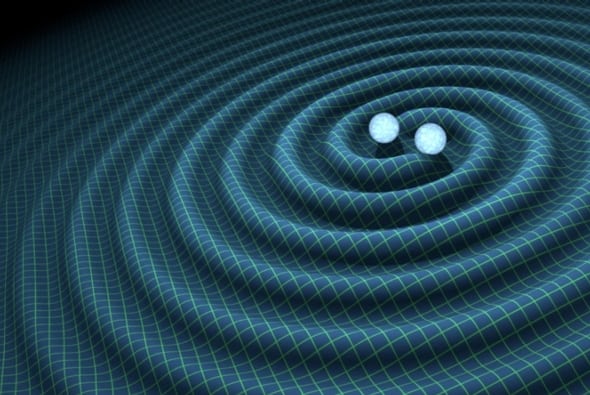So, so, SO excited about the recent Gravitational Waves announcement.
“The Detection of Gravitational Waves” was the exact topic of my undergrad dissertation back in 2005. It was fascinating stuff, because Gravity Waves had been predicted to exist by Einstein some 100 years ago, and if found would give us a whole new way to listen to some of the weirdest events in the universe.
However, it was frustrating to learn that they still hadn’t been heard yet, despite all the wonderful experiments trying to measure these elusive things. This was due to the absurd level of sensitivity required – they needed to measure changes in spacetime at the scale of 10˄-21m, comparable to measuring a change the thickness of a human hair across a distance of the sun to the next nearest star, 4 light years away. A ridiculously small measurement.
Now some eleven years since I sweated my paper over the deadline in Manchester, the folks at LIGO Observatory at Hanford have finally done it. They’ve managed to observe the actual ripples in the fabric of SPACE TIME ITSELF from a cataclysmic collision of two huge-ass black holes a mere 1.3 billion light years away (don’t worry, this was well outside of our galaxy).
This has enormous implications for the future of astronomy, as it’s given us a whole new medium with which to listen to the cosmos. It’s also made Einstein look, yet again, like Einstein.
If you’re interested, here’s a link to my paper. It was quite odd for me to re-read it and remember that I actually did some real work once upon a time.
Clink link below to download:
Olivia Boeree Dissertation – The Detection of Gravitational Waves – University of Manchester

